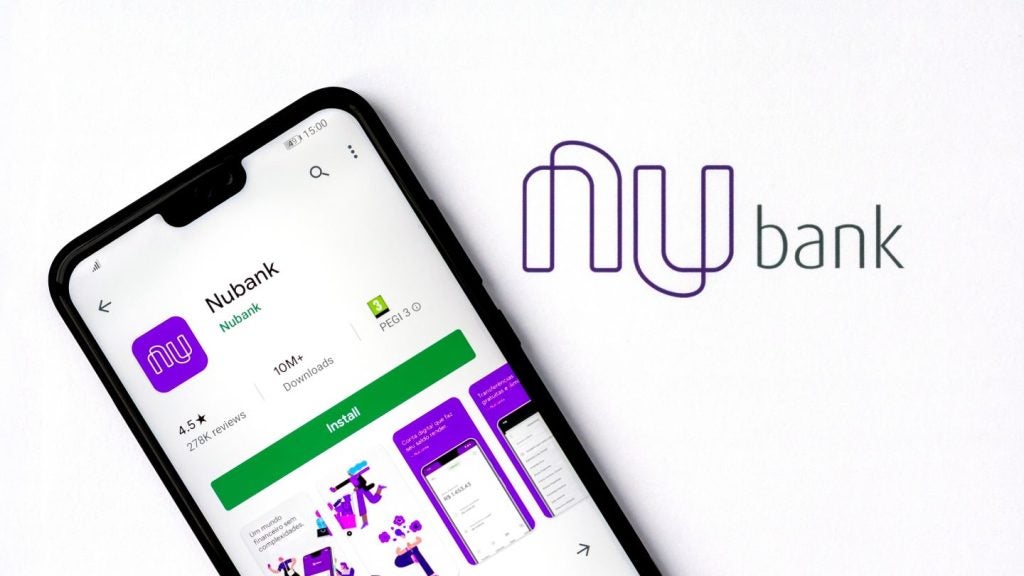High street banks are having to weather a seismic shift in their industry as a result of digital disruption. With a string of challenger banks entering the market and a shift in consumer needs and attitudes, the long-term players are being forced to reassess their strategies, writes Jonathan Haines
Recent Yahoo research revealed that one in four people had considered switching their bank account in the last 12 months. New Financial Services brands, and non-financial brands, such as supermarkets, now entering the finance space have been quick to ride the wave of changing consumer attitudes and digital is their tactic of choice to directly engage with and entice new consumers.
With digital services, particularly on mobile now being part of the daily fabric of our lives, consumers expect to be able to get what they want, at any time, and from any location – understanding this and delivering or even surpassing customer expectations is an opportunity for Financial Services brands new and old. Metro Bank is a good example of a finance brand who gets this. If someone tweets: "I am fed up with my bank", they tweet back asking where they’re based and let them know where they can find their nearest Metro Bank branch.
It’s a new form of engagement, moving on from an era when banks built their reputations on the basis of having direct relationships with individual customers. Back then people knew the name of their bank managers, whereas now they don’t feel tied to one bank for life and their perception of a brand’s identity is often through its digital persona.
The lack of mobile optimised sites amongst Financial Services brands is a concern. Users have already reached the point of crossover, where they are accessing the internet more via their mobile and desktop. At Yahoo, over 450m of our 800m monthly unique users access our platform from a mobile or tablet device.
The challenge that many finance brands face when it comes to having that continuing dialogue with customers cross platform is that many of their products, such as mortgages and insurance, are renewed annually or every few years. How can they keep the engagement going during the long purchase cycle?

US Tariffs are shifting - will you react or anticipate?
Don’t let policy changes catch you off guard. Stay proactive with real-time data and expert analysis.
By GlobalDataAt Yahoo we’re seeing the answer for many brands is content marketing; creating relevant content around themes that are of interest in people’s day to day life.
Although many finance products might be renewed infrequently, we know that people do their research online on a regular basis. Our research found that 78% of consumers review their insurance products online each year. That was shortly followed by banking at 52%and credit cards at 49%. An effective content marketing campaign can engage audiences at this top end of the funnel ‘year round’. An example from the motoring industry, which also works on similarly long purchase cycles, is Ford who ran a content marketing campaign around the ten best test drive routes in the world.
Another challenge traditional banks face is engaging with the new young customer who has never had a bank account before – oh, and who happens to already live and breathe digital. Yet a quarter of the top 50 UK finance brands still have no mobile presence, no optimised experience, and no mobile app.
While banks might not have the personal relationships they once did, a key point they do have in their favour is trust, even if the recent banking crisis has given this a hefty knock. However the increasing confidence in buying financial products online, without even having to make any face-to-face contact, means banks have to work harder to create that trust. Transparency is key to gaining trust, particularly when appealing to a younger audience.
The 18 to 34 age group has told us that as a result of the recession, their need for financial understanding is much greater than ever before. This need creates an opportunity for the financial brands to build trust through education, such as Natwest’s Pocket Money website, which teaches kids about saving and how to be money wise.
As mobile penetration is only set to continue, it is time for the established brands to adapt and change to this new world in order to stay abreast of their new rivals. Digital offers that opportunity with minimum effort and enables banks to educate, advise and secure the trust of their consumers.
Jonathan Haines is Category Vertical Leader: Finance at Yahoo







